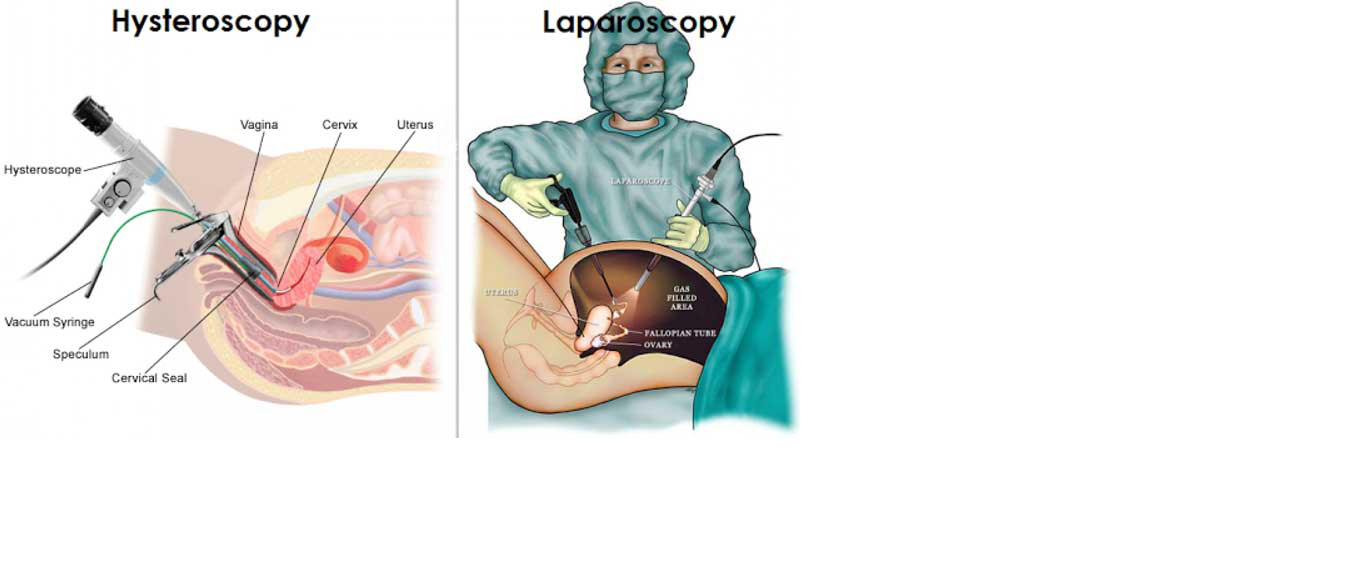“Come to the edge
We might fall,
Come to the edge,
It’s too high,
Come to the edge,
And they came,
And he pushed,
And they flew…”
Fascination to look directly into thehuman body ,to actually see the pathology and treat it, started inthe 1900s,and progressed steadily but surely into an ever expanding field of endoscopy , giving insight into inaccessible frontiers.Imaging techniques like ultrasound,CT Scans,MRIs give valuableimages of the various organs…but a definitive diagnosis may stillbe a just a veil away. Endoscopy helps peer into the human bodydirectly…seeing the exact disease…and rectifying the same.
A 20 yr old unmarriedwoman was rushed to the hospital with severe pain in her abdomen andvomiting. After examining her, an ultrasound test was donewhich revealed an ovarian cyst…or a bag of fluid arising from theovary….which had twisted around itself, cutting off the bloodsupply to the ovary. It was paramount to operate immediately to savethe ovaries. Under anesthesia, a telescope was introduced into theabdomen and the actual goings –on could be visualized. The cystwith the ovary had twisted around itself twice and was looking anunhealthy purple. It was gently untwisted. The ovary slowly regainedits color of a healthier pink. The cyst was shelled out of the ovary.The precious ovary could be saved.She was sent home the next day asvery small incisions were made, and she was back to her routine aftera week.
“There are things known andthings unknown..In between are the doors of perception”
Endoscopy visualizes perception
Cutting edge technologies from physicslike the optical fibres have enabled us to make telescopes which canpeer into the human body. Advances in Electromechanical energysources have helped us to operate safely in the closed confines ofthe human body. Biomedical engineering has played a major part toease out complex surgeries, hitherto considered impossible withouttactile intervention. The concept of an endoscopic surgery is tooperate watching a magnified image of the organs on a big screen likeour TV. This image is conveyed thru a fine telescope connected to acold light source and a camera. Slim long instruments just a fewmillimeters thick are used to do the operation.
In Gynecology, laparoscopy [inserting atelescope into the abdomen], Hysteroscopy [peering into the uterus]and colposcopy [studying a magnified view of the mouth of the womb orcervix] are the various endoscopic procedures.Laparoscopy is also referred to as band-aidsurgery .Pelvic laparoscopy is used toinvestigate and treat conditions affecting the uterus, ovaries,fallopian tubes, and other organs in the pelvic area.
Anaesthesia isalways required for laparoscopy. Hysteroscopy and colposcopy can alsobe done in an office setting without anaesthesia.
Like any surgery,endoscopic surgery has its own risk of potential internal damage, ofinfections, of blood clot in the leg which could travel to thepelvis, lungs. There is always a possibility of conversion oflaparoscopy to an open surgery in some circumstances.
“We especially need imaginationin science.It is not all mathematics,nor all logic,but it is somewhatbeauty and poetry”
